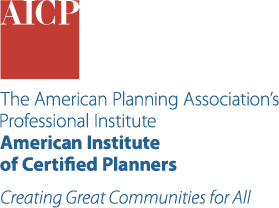Building Digital Trust

About This Trend
As digitalization of government functions continues, there is an increasing need to consider issues of digital trust: the relationship between users (those who give trust, like consumers and residents) and providers (those who guarantee to uphold protection, like businesses and governments). Digital technologies and digitalization have been characterized as increasingly volatile, uncertain, complex, and ambiguous (in short, "VUCA"). Meanwhile, governments are investing more than ever in internet connection technologies. But installation of city-owned surveillance tools in public spaces — and more private access to surveillance tools — is problematic within the context of low digital trust.
Planners are simultaneously being charged with restoring community trust, experiencing the effects of low public trust in local government, and responding to digitalization. To improve planning, these disparate efforts need to be merged. Adopting transparency standards, such as the open-source Digital Trust for Places and Routines (DTPR), can help to build trust in increasingly digitally equipped public spaces. To learn more about another important aspect of this topic, listen to the APA podcast episode "What Planners and Public Sector Agencies Need to Know About Cybersecurity."




